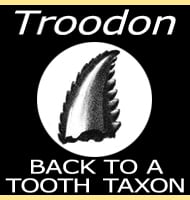Nasutoceratops
In Depth Nasutoceratops was the second genus of centrosaurine ceratopsian dinosaur to be discovered in the south west of the USA, the first genus being Diabloceratops that was named three years earlier. Back in the Cretaceous the South-west of what is now the USA was the southern portion of Laramidia, an island landmass extending from … Read more
